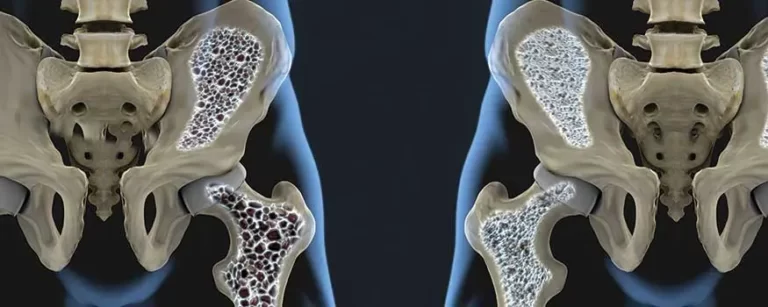Bone density measurement
Bone density testing is a non-invasive way to measure the strength of your bones. It is also an effective way to diagnose bone-related health problems, such as osteoporosis, and assess their risk. This test is often recommended for people over 50 years of age or those at risk of bone disorders.
Osteoporosis
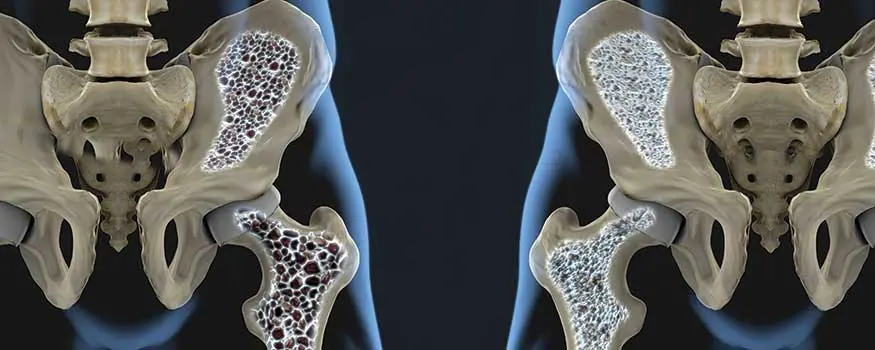
Osteoporosis is a disorder characterized by progressive loss of bone tissue, causing weakened bones and making them porous and fragile. Annually, 1.5 million osteoporosis-related fractures occur in the country. This disorder is more prevalent in women than men and increases with age.
It may develop slowly over several years and most people don’t notice it until they see a fracture. If you suspect osteoporosis or other bone-related diseases, your bone fragility can be assessed. The measurement includes checking medical history, risk factors, and blood tests to check for nutritional or hormonal deficiencies, as well as performing bone density scans (DEXA).
Bone density scan
Bone density scan is performed using DEXA bone density meter. The procedure is painless and usually only takes 10 minutes. There are no specific instructions for preparing it, and unlike MRI or CT scans, bone densitometry measurements do not involve lying in a closed tunnel. Instead, when the scanner passes over your body, you lie on the X-ray table.
This scan uses a very low dose of radiation to produce images from inside the body, especially around the hips and lower spine to measure bone mass and strength. A certified radiology technician prepares your images for the radiologist, and the radiologist interprets your results and prepares a report. The results of this method are usually prepared within 24 to 48 hours.
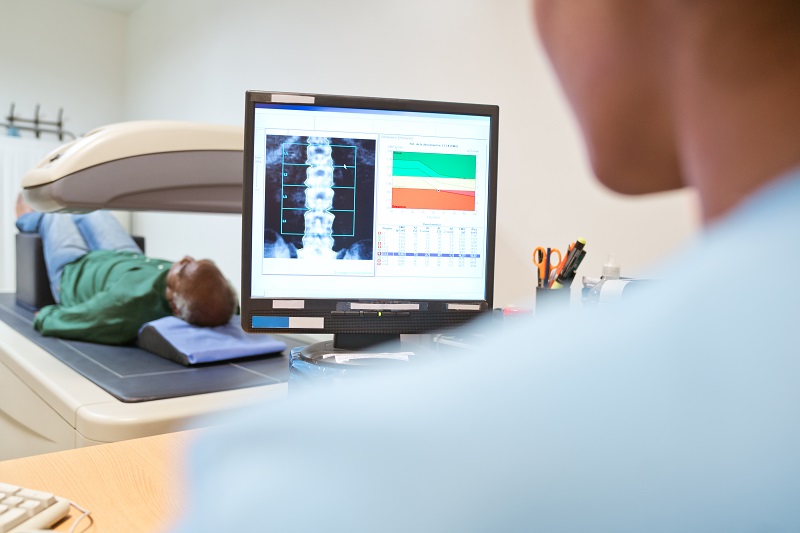
Benefits of bone density scans
• To identify bone problems
Unlike conventional X-rays, bone density measurements can measure small reductions in bone density and enable the diagnosis of osteoporosis in its early stages, which can help reduce the likelihood of fractures and disabilities in the future.
• Low risk
BMD scans use a very low dose of radiation compared to X-rays this means its risks to health are much lower than X-rays. It is also a simple, fast and non-invasive procedure that does not require recovery time.
• Suitable treatment
Bone density scans can be a simple but accurate way to diagnose bone-related health problems, such as osteoporosis. This method allows doctors to use scan results to decide the appropriate treatment period and closely monitor your condition and reduce problems in the future.
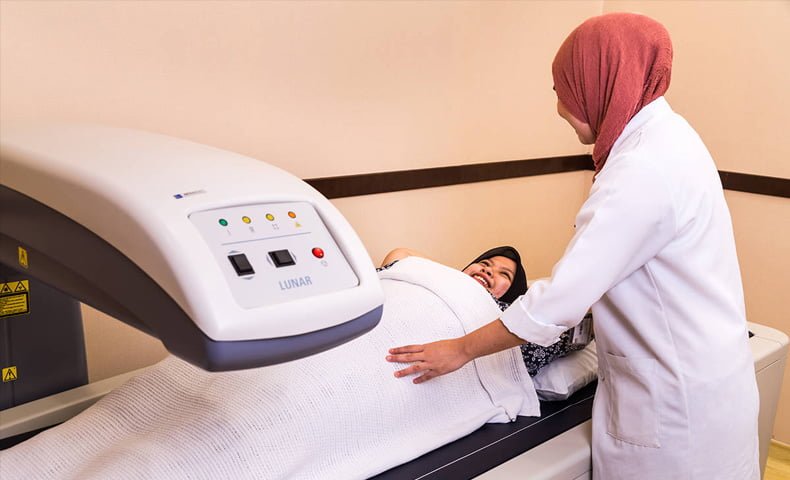
When to do a bone density test?
Depending on your unique health profile and risk factors, your doctor may recommend bone density testing after bone fractures, reaching a certain age or reducing hormones. While most specialists suggest that women 65 and older should undergo osteoporosis screening. There are also times when younger men or women should also be tested.
Factors that increase osteoporosis include:
• Smoking
• Lack of exercise
• High alcohol consumption
• Calcium and vitamin D deficiency
• Long-term use of steroid drugs
• Family history of osteoporosis
• History of medical problems that inhibit calcium absorption, such as hyperthyroidism
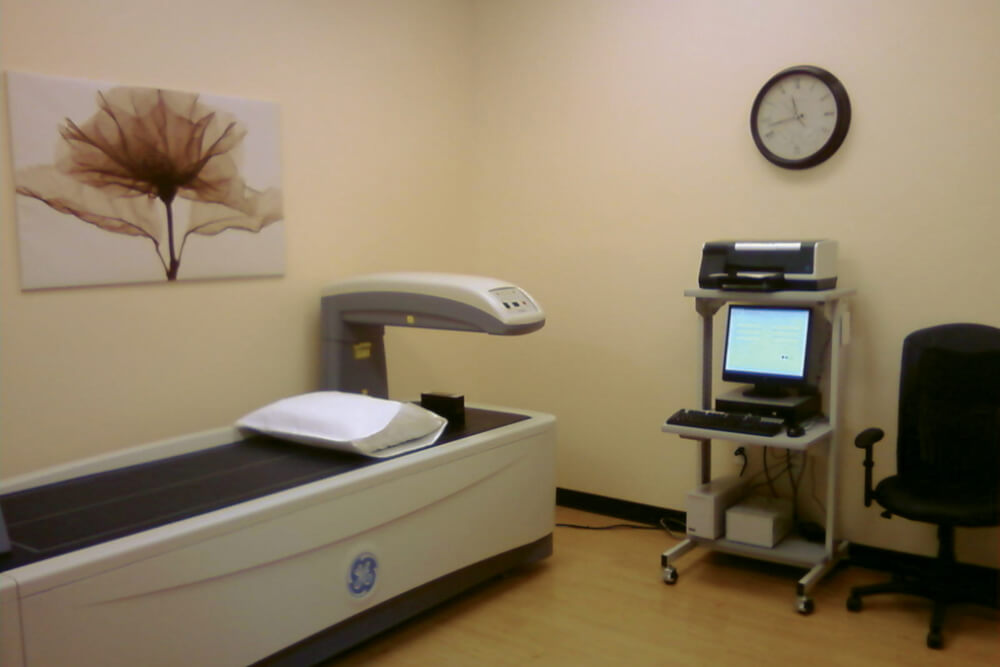
Last Word
Aging can be painful, the spine, pelvis and other bones can lose bone mass and cause serious physical problems. While it’s certainly helpful to make an informed effort to reduce the risk of falls and exercise more during certain activities, the information in this article revolves around measuring bone density can help you stay as healthy and safe as possible. We hope you have benefited from this.
To see other articles in the field of health, you can visit the Scan Teb website.
You can also use this site for all ultrasound tasks Including pregnancy sono, sex determination, doppler ultrasound, uterus ultrasound, breast and axillary ultrasound, fetal ultrasound, pelvic ultrasound and abdominal components, colored doppler arterial and venous vessels, thyroid and endocrine ultrasound, bladder and urinary tract sonography, color doppler ultrasound, thyroid and endocrine ultrasound, bladder and urinary tract sonography, color ultrasound Doppler organs, pediatric ultrasound, transvaginal ultrasound, abdominal and pelvic ultrasound, pancreatic gallbladder liver ultrasound, annexe ovary uterus, ultrasound of all prostate bladder, mammography, pediatric and neonatal sonography, ultrasound from Tirvids and soft nasdj, ultrasound from inguinal turn book.

